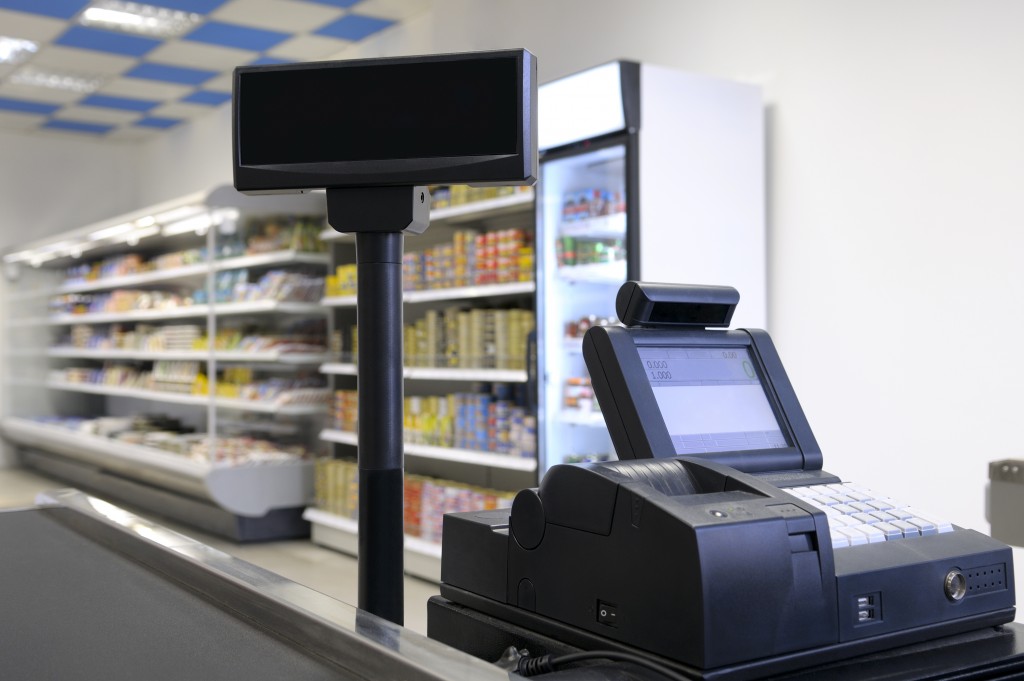- Regular and effective customer communication boosts retention and engagement, solidifying business success.
- Updates must include product improvements, policy changes, company news, and educational content.
- Ensure effective delivery through social media, customer support, and email notifications.
- Availability to address customer queries reinforces their confidence and satisfaction in your business.
Regular communication with customers is a critical aspect of business success. Keeping customers informed about updates, changes, or improvements in your products or services can significantly enhance retention and engagement. According to a study by Bain & Company, businesses that effectively communicate with customers have a 20-30% higher retention rate than those that do not. Furthermore, a survey by Gallup revealed that fully engaged customers bring in 23% more revenue than average. These statistics underscore the importance of keeping customers updated as a vital part of any successful business strategy.
However, updates can be challenging if you don’t know what your customers expect or need. Fortunately, you can create a strategy that meets their needs by focusing on the following essentials.
Understanding What Customers Must Know
Knowing what customers need to know is pivotal in crafting effective business updates. This step allows you to tailor your messages to address specific customer concerns, expectations, and aspirations—facilitating a more personalized customer experience. When customers believe you understand their needs, they are more likely to trust your business, boosting loyalty and retention.
Product Updates and Improvements
Customers are always interested in how your products or services are evolving. They want to know about product improvements, bug fixes, or new features that might enhance their experience. For example, a software company might notify its users about a new update that improves system performance or introduces new functionalities.
Changes in Policies or Procedures
Any changes in your business policies or procedures should be communicated to your customers. This could include changes in pricing, return policies, or terms of service. For instance, an online retailer could send an update about changes in their shipping policy or a revised privacy policy.
Company News or Milestones
Share news related to your company’s achievements, milestones, or any changes in the executive team. This could include industry recognition, expansion into new markets, or even community involvement initiatives. For example, a company might announce its 10th anniversary or its CEO’s award as an industry leader.
Educational Content
Providing educational content can position your company as a thought leader in your industry. This could be tutorials, blog posts, webinars, or guides. Such content not only adds value for customers but also helps to deepen their understanding of your products or services. For instance, a fitness center might offer instructional videos on using gym equipment safely and effectively.
Secure the Process of Conveying Information

Understanding how to convey information effectively is as crucial as the content itself. An improper message may lead to misunderstandings, misinformation, or customer dissatisfaction. Effective information delivery ensures that the intended message is received, understood, and acted upon by the customer.
Deploying Social Media Channels
Social media platforms have become indispensable tools in customer communication. They offer a broad reach and diverse mediums, including text, images, videos, and live interactions. For example, a restaurant can utilize Instagram to showcase its new menu items through appealing visuals and brief descriptions, or a tech firm might use Twitter to disseminate a security patch update rapidly.
Enhancing Inbound Customer Support
Quality inbound customer support is a reliable information channel where customers can get prompt answers to their queries. Businesses can leverage this by improving inbound customer support to communicate updates effectively. For instance, a telecom company’s customer service can inform callers about a new data bundle offer or app updates during support calls.
Implementing Email Notifications
Email notifications remain a classic yet effective method for business communication. Customers often appreciate comprehensive updates they can refer back to at their leisure. For example, an e-commerce company can email customers about changes in return policy, or a software company might send detailed guides about a new feature in their product.
Be Available for Customer Concerns

Being available to address customer concerns about updates is crucial for maintaining positive relationships and fostering trust. Whenever updates are introduced, it’s commonplace for customers to have queries or experience difficulties while adjusting to changes. Active engagement with these concerns demonstrates to customers that their satisfaction and understanding are a priority, thus reinforcing their confidence in your business.
Further, it provides the opportunity to gather valuable feedback about the update process, which can be used to make continuous improvements, ensuring future updates are smoother and more in line with customer needs and expectations.
Final Thoughts
Keeping customers updated is a vital aspect of any successful business strategy. By understanding what customers must know, securing the process of conveying information, and being available for customer concerns, businesses can effectively communicate updates and strengthen their relationships with customers. This not only boosts retention and engagement but also positions the company as a trusted and reliable source in the eyes of its customers.

